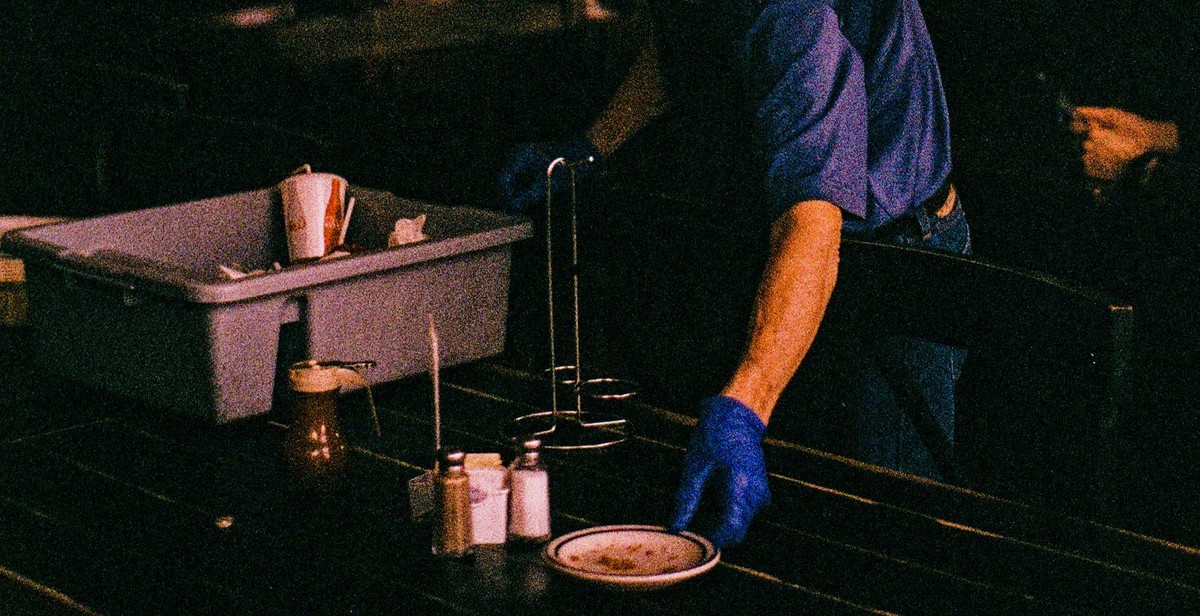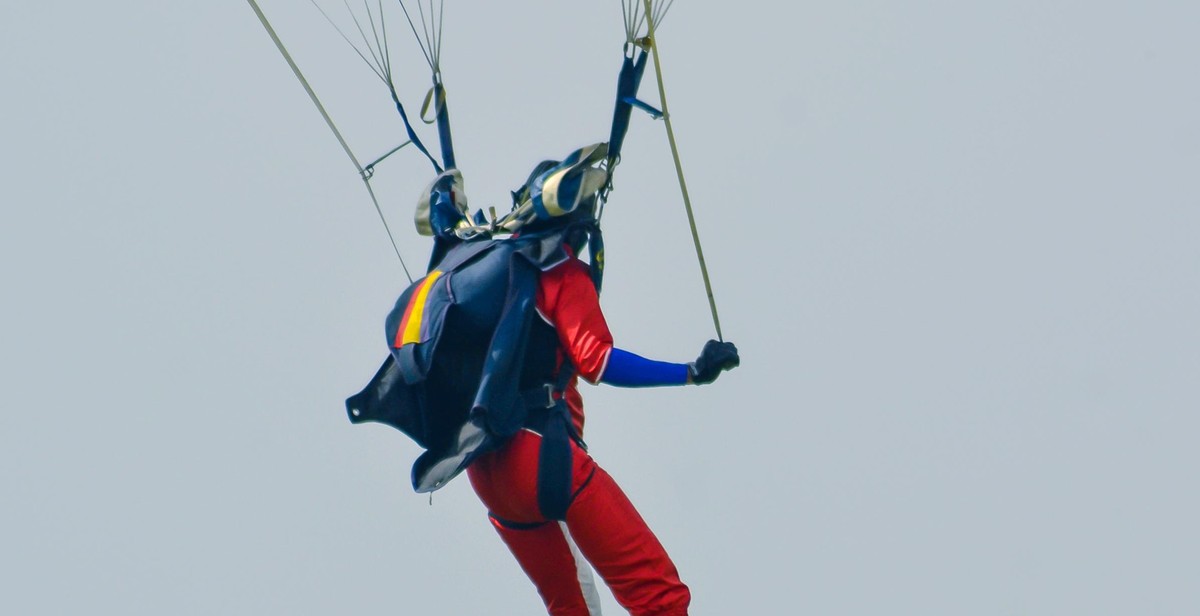How to Maintain and Store Parachuting Gear: Tips for Longevity and Proper Storage
As a professional skydiver and parachute enthusiast, I know firsthand the importance of maintaining and properly storing your gear. A well-maintained parachute can mean the difference between a safe landing and a potential disaster. In this article, I will share with you my personal tips and tricks for keeping your gear in top condition and prolonging its lifespan.
The Importance of Gear Maintenance
Regular maintenance of your parachute gear is crucial for its longevity and your safety. Neglecting to maintain your gear can result in malfunctions, tears, and other issues that could lead to serious injury or even death. Proper maintenance ensures that your gear is in good working condition and ready for use when you need it most.
Tips for Maintaining Your Parachute Gear
- Inspect your gear regularly for any signs of wear and tear.
- Clean your gear after each use to remove dirt and debris.
- Store your gear in a cool, dry place away from direct sunlight.
- Replace any damaged or worn components immediately.
- Follow the manufacturer’s instructions for maintenance and storage.
Proper Storage Techniques
Storing your parachute gear properly is just as important as maintaining it. Here are some tips for storing your gear:
- Store your gear in a clean, dry place.
- Avoid storing your gear in direct sunlight or extreme temperatures.
- Hang your gear to prevent compression and damage to the fabric.
- Store your gear in a container or bag designed for parachute gear.
- Check your gear periodically during storage to ensure it is still in good condition.
| Tip: | Consider investing in a gear maintenance kit, which includes all the tools you need to maintain and repair your gear. |
|---|
By following these tips for maintaining and storing your parachute gear, you can ensure that your gear is always in top condition and ready for your next adventure.

Why Proper Maintenance and Storage is Important
As an experienced skydiver, I cannot overstate the importance of proper maintenance and storage of parachuting gear. Proper maintenance and storage not only ensure the longevity of your gear but also play a crucial role in ensuring your safety during a jump.
Safety
Parachuting is a high-risk sport, and the last thing you want is for your gear to fail during a jump. Regular maintenance and proper storage help to identify and fix any potential issues before they become a safety hazard.
For instance, failing to inspect and replace worn-out lines, harnesses, or containers can lead to serious injuries or even fatalities. Proper storage also prevents damage to your gear from exposure to elements such as moisture, sunlight, and extreme temperatures.
Longevity
Parachuting gear is a significant investment, and you want to ensure that you get the most out of it. Proper maintenance and storage help to extend the lifespan of your gear, saving you money in the long run.
For example, storing your gear in a cool, dry place away from direct sunlight and moisture prevents premature wear and tear. Regular inspections and repairs also help to identify and fix any issues before they become too costly to fix.
Proper maintenance and storage also help to maintain the performance of your gear, ensuring that you get the best experience during a jump.
Conclusion
Proper maintenance and storage are crucial in ensuring the safety and longevity of your parachuting gear. By taking good care of your gear, you not only save money but also get to enjoy the sport for longer.

Proper Cleaning Techniques
After every jump, it is crucial to clean your parachute and other gear properly to ensure longevity and safety. Here are the materials you will need and step-by-step instructions for cleaning your gear:
Materials Needed:
- Mild detergent or soap
- Bathtub or large basin
- Soft-bristled brush
- Towels
Step-by-Step Instructions:
- Fill the bathtub or large basin with lukewarm water.
- Add a small amount of mild detergent or soap to the water.
- Submerge the parachute and other gear in the water and gently agitate them to ensure that all parts are thoroughly wet.
- Using a soft-bristled brush, gently scrub the parachute and other gear to remove any dirt or debris. Be careful not to scrub too hard, as this can damage the fabric.
- Drain the soapy water and refill the bathtub or basin with clean, lukewarm water.
- Submerge the parachute and other gear in the clean water and agitate them to remove any soap residue.
- Remove the gear from the water and gently squeeze out any excess water. Do not wring or twist the fabric, as this can damage it.
- Lay the gear flat on a clean towel and roll it up to remove any remaining water.
- Hang the gear to dry in a well-ventilated area, away from direct sunlight and heat sources.
By following these proper cleaning techniques, you can ensure that your parachute and other gear stay in good condition and last for many jumps to come.

Drying Techniques
One of the most important aspects of maintaining your parachuting gear is making sure it is properly dried after each use. Here are two popular techniques for drying your gear:
Air Drying
Air drying is the most common and recommended method for drying your gear. Find a dry, well-ventilated area and hang your gear up to dry. Make sure it is not in direct sunlight as this can cause damage to the fabric. It is important to make sure the gear is completely dry before storing it, as any moisture left in the fabric can lead to mildew and mold growth.
When air drying your gear, make sure to:
- Remove any excess water from the gear before hanging it up to dry
- Hang the gear up by the attachment points to prevent any damage to the fabric
- Check the gear periodically to make sure it is drying evenly and not developing any mildew or mold
Machine Drying
While air drying is the recommended method, machine drying can be used in certain circumstances. If you need your gear to dry quickly or if there is no space to air dry, machine drying can be a good option. However, it is important to use caution when machine drying as too much heat can damage the fabric.
If you choose to machine dry your gear, make sure to:
- Use a low heat setting
- Remove the gear from the dryer periodically to check on its progress
- Avoid over-drying the gear as this can cause damage to the fabric
| Drying Technique | Pros | Cons |
|---|---|---|
| Air Drying | Safe and recommended method; does not damage the fabric | Takes longer to dry and requires space |
| Machine Drying | Dries gear quickly; good for emergencies | Can damage the fabric if too much heat is used |

Storage Tips
Ideal Storage Conditions
Proper storage is essential for the longevity of your parachuting gear. The ideal storage conditions for your gear include:
- A cool, dry, and well-ventilated room
- Avoid direct sunlight and heat
- Keep away from chemicals, oils, and solvents
- Store in a clean and dust-free environment
Storage Dos and Don’ts
Here are some storage dos and don’ts to ensure your gear stays in top condition:
| Dos | Don’ts |
|---|---|
|
|
By following these storage tips, you can ensure the longevity of your parachuting gear and keep it in top condition for your next jump.

Conclusion
Proper maintenance and storage of your parachuting gear are essential for your safety and the longevity of your equipment. Regular inspections, cleaning, and proper storage can prevent damage and wear and tear, ensuring your gear is always in top condition for your next jump.
Remember to always follow the manufacturer’s instructions for maintenance and storage. Inspect your gear before and after every jump, and never hesitate to replace any damaged or worn-out components.
Storing your gear in a cool, dry place away from direct sunlight and moisture is crucial. Consider investing in a gear bag or container specifically designed for parachuting equipment to keep everything organized and protected.
By taking the time to properly maintain and store your parachuting gear, you’ll not only extend its lifespan, but you’ll also have peace of mind knowing you’re jumping with reliable and safe equipment.
So, whether you’re a seasoned skydiver or just starting, make sure to prioritize the care and maintenance of your gear. Your safety and success depend on it.
